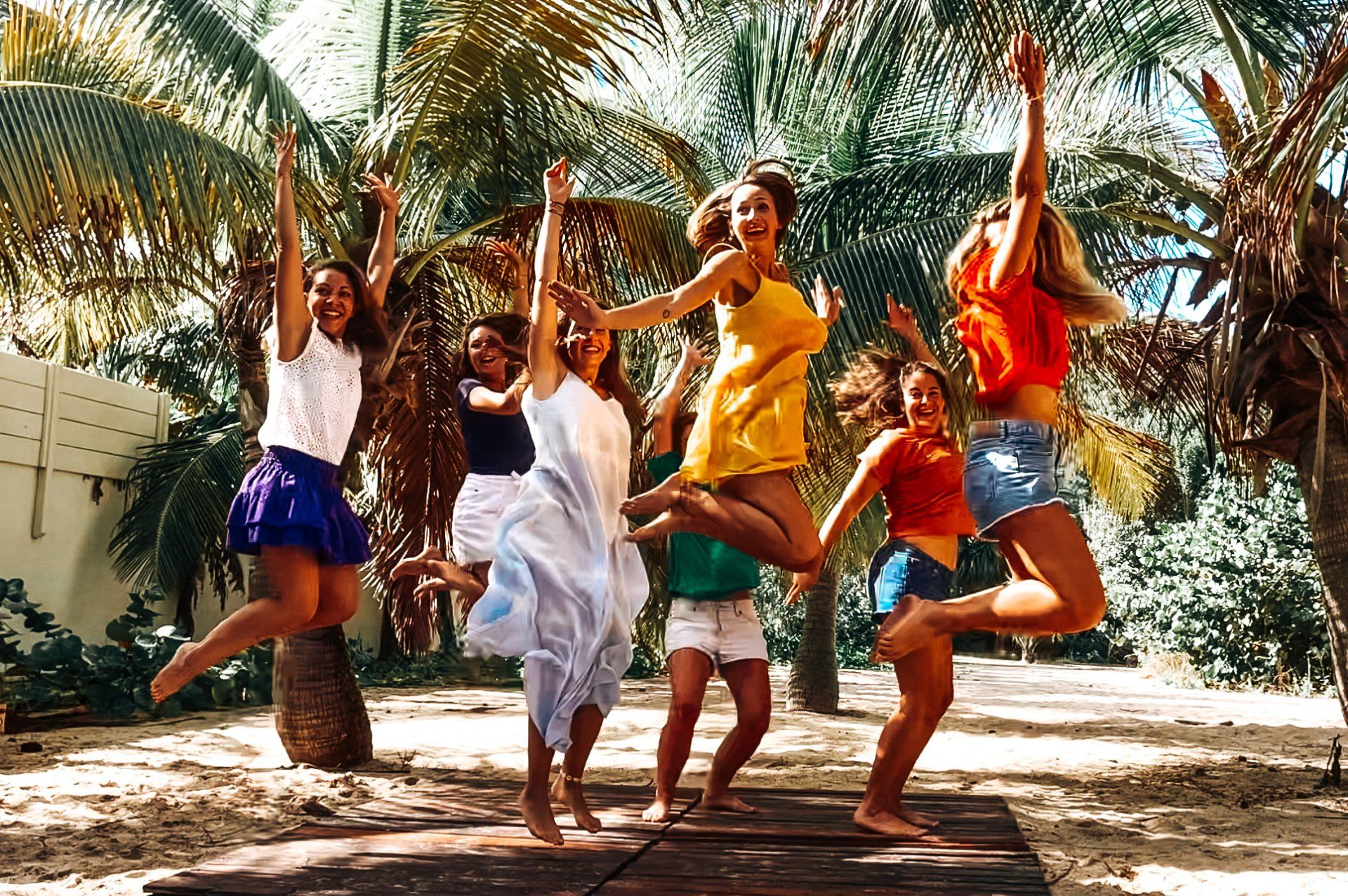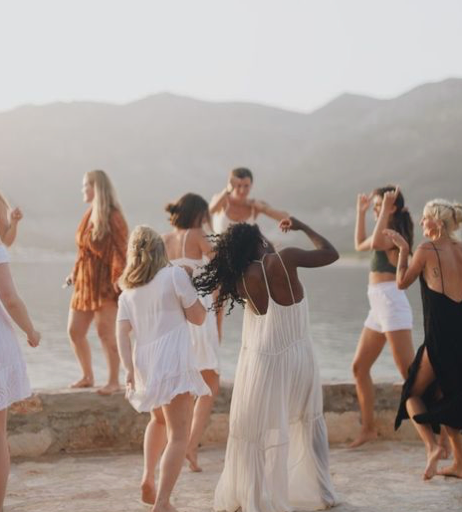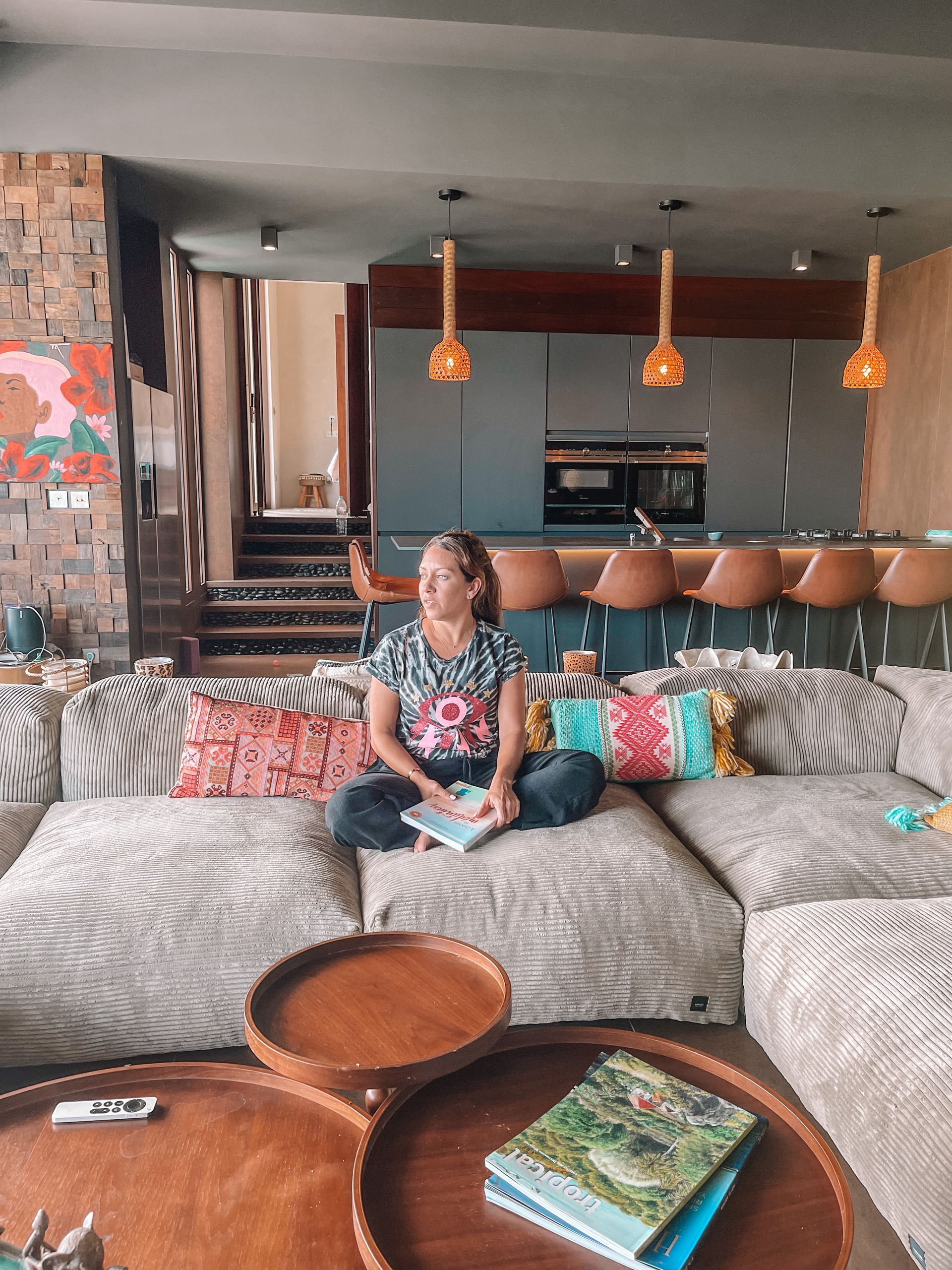Dragon Dance: Balance and Transformation
Dragon Dance: Balance and Transformation
What is Dragon Dance?
The Dragon Dance is a fluid and powerful sequence of postures inspired by Qi Gong and vinyasa yoga, created by Suzee Grilley, co-founder of modern Yin Yoga alongside her husband Paul Grilley.
It draws strength from the
symbolism of the dragon, a mythical creature representing
inner fire, freedom of movement, and
intuitive wisdom.
Every posture, every transition, and every breath is designed to
circulate Qi — your vital energy — throughout the body.
Energetic Roots: Between Qi Gong and Yoga
Dragon Dance is rooted in the ancient Chinese tradition of Qi Gong, a discipline that cultivates and moves energy (Qi) through movement (Gong), breath, and focused awareness.
In this view:
Breath is energy. Movement is the channel. Awareness is the guide.
Each sequence is designed to balance:
- Yin, the stable, grounding, receptive energy
- Yang, the dynamic, rising, active energy
This subtle blend gives rise to a practice that is both meditative and physical, fluid and structured.
The Benefits of Dragon Dance
1. Vital Energy Stimulation
Like a deep energetic detox, Dragon Dance helps release stagnation, activate the meridians, and ignite inner fire.
2. Full-Body Activation
Strength, flexibility, joint mobility, balance — this practice works every muscle and joint, while reinforcing core stability and spinal fluidity.
3. Deeper Connection to Self
A true inner journey, balancing control and surrender through breath awareness and embodied movement.
4. Harmony of Structure and Intuition
You learn each posture with precision, then weave them into a graceful flow, cultivating a moving meditation unlike any other.
The Dragon in the Body
The dragon symbolizes
spinal fluidity — and therefore
mental fluidity — as well as
fire, which flows through movement.
In other words:
🔑 The body is in balance when it’s fluid in all directions and when life’s fire flows freely.
A free spine, a mobile body, and breath as the fuel — this is the essence of Dragon Dance.
Who Is It For?
Dragon Dance can be practiced by:
- Yoga practitioners seeking something outside the usual structure
- Qi Gong enthusiasts or those into energetic arts
- Anyone looking for physical intensity and inner depth
- Teachers who want to expand their creative movement toolbox
💡 There are multiple versions of the sequence, adaptable to different levels and physical conditions. Everyone can find their own rhythm and unique expression within it.
How to Practice Dragon Dance
Here’s how to begin:
- Start by learning each posture individually, focusing on alignment and breath.
- Repeat the sequence slowly, until you feel the energetic thread connecting each movement.
- Gradually increase the tempo, keeping breath and fluidity intact.
- Let breath lead the movement, and enter a state of conscious flow.
- Finish with a cool down, to integrate the energy you’ve awakened.
🎥 Many online classes and in-person workshops are available to guide you through Dragon Dance with certified instructors.
Why Include Dragon Dance in Your Routine?
Because this practice is
liberating,
transformative, and
deeply balancing.
It reawakens your instincts, nourishes your heart, and clears your mind.
In a world that moves fast, Dragon Dance invites you to slow down internally while letting your fire flow outward through powerful movement.
It’s a meditation in motion, a conscious art of movement, and a way to fully come alive in every fiber of your being.
Summary
Dragon Dance is more than just a sequence — it’s a
dynamic, fluid, and meditative practice that stimulates vital energy (Qi), releases tension, and reignites your inner fire.
Rooted in Qi Gong and yoga, it combines
breath, strength, flexibility, and mindfulness.
Accessible to all, it helps cultivate the
balance between focus and surrender, supporting your journey toward a more embodied and liberated life.
Final Thoughts: Dance Your Inner Fire
Dragon Dance is more than movement —
It’s a
ritual of transformation, a
sacred practice, an
invitation to burn away what holds you back and step into your fullest presence.
Dare to step into the fire of the Dragon,
and let it light the way to more
freedom, fluidity, and inner power.
Have you tried the Dragon Dance yet?
Share your experience or what draws you to this practice in the comments!
Send this article to a friend who’s ready to rekindle their inner flame.
Namaste 🪷






